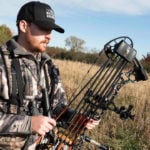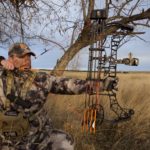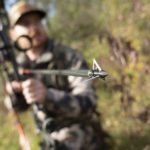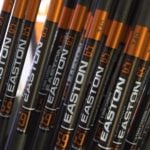Today the primary function of a bow stabilizer is thought to be eliminating noise and bow vibration. And while this is true, a stabilizer is also meant to help stabilize the bow too (hence the name).
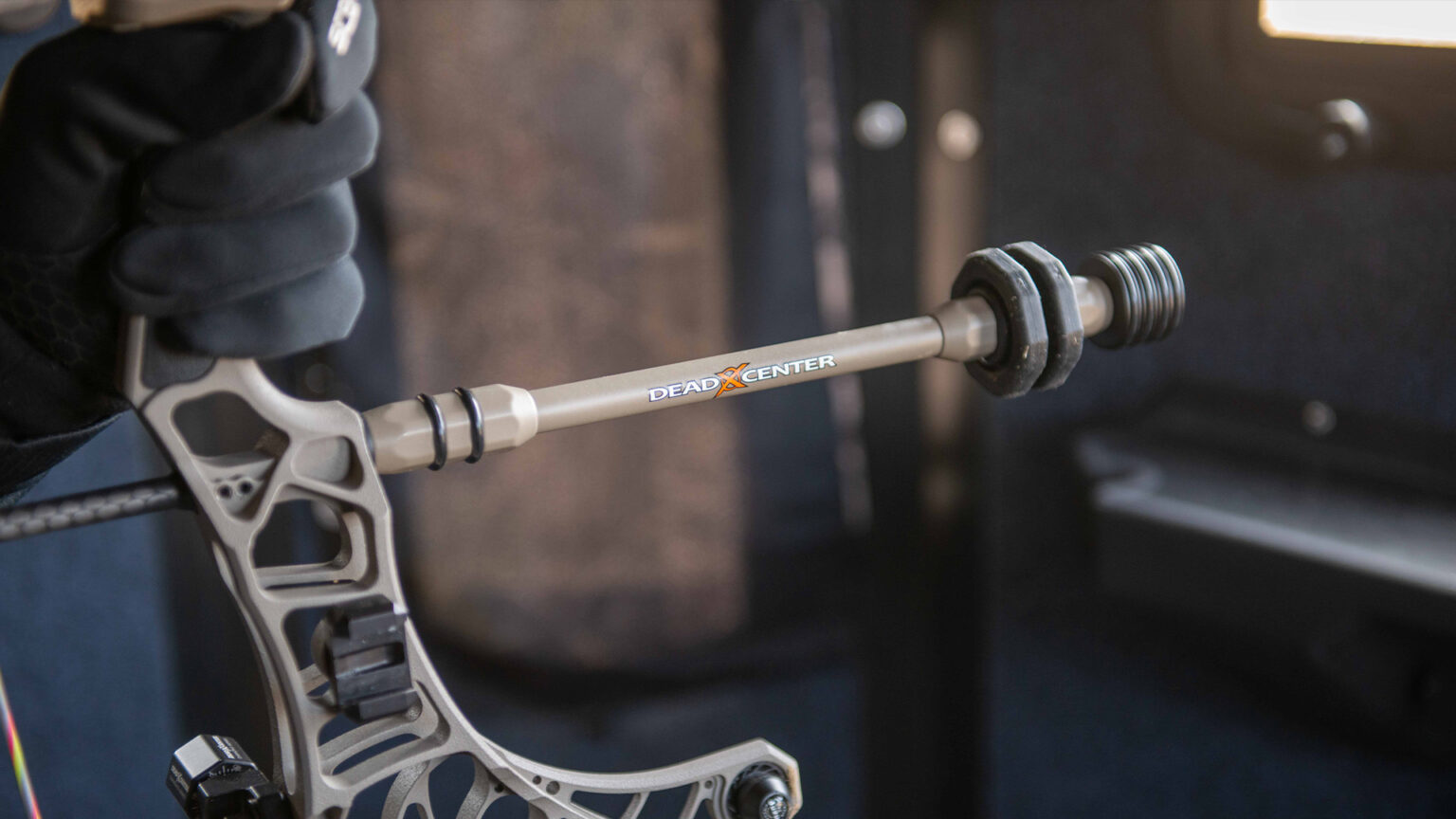
In fact, before modern vibration dampening materials and techniques stabilizers were little more than rods with weights on the end of them.
Today’s archery stabilizers come in many forms; from simple to highly sophisticated. Stabilizers screw into an industry standard threaded insert on the front of the bow and are long (or short) and are shaped mostly in a “tubular” fashion. Materials used can include, rubber, plastic, and metal or a combination of all three.
Stabilizer Weight Differences
Weight differences amongst bow stabilizers vary and should be considered before purchasing. While some bowhunters prefer a heavy bow to increase stabilization, some like a lighter setup. Therefore, take stabilizer weight into consideration before making a decision on which one to use.
In most cases, a quality pro-shop will allow a test run of various stabilizers in order to discern the shooting qualities of each and how they affect the overall shooting process when attached to the bow. Most stabilizers used for bowhunting weigh anywhere from 4 to 10 ounces.
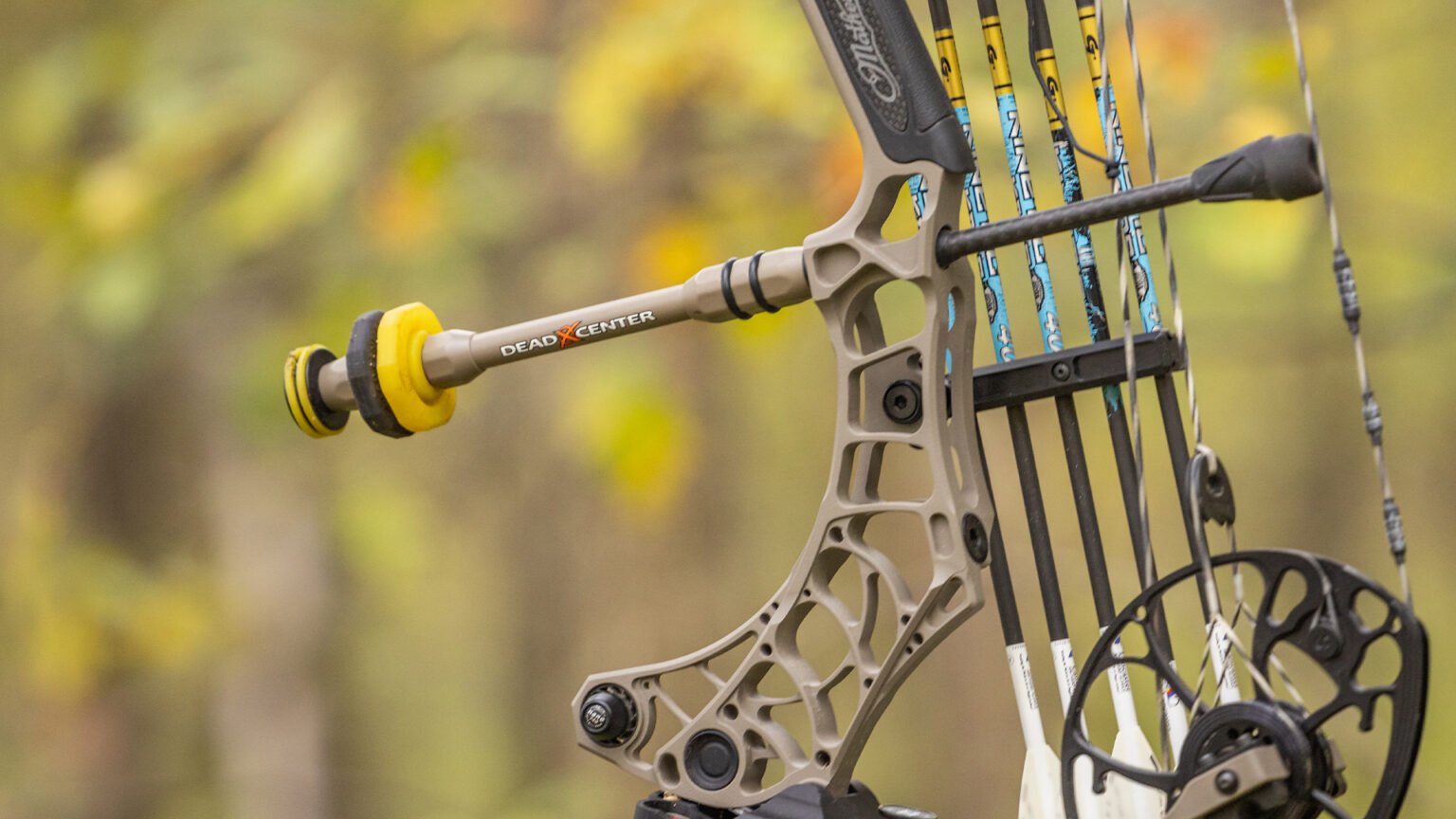
Stabilizer Dampening Material
The vibration and dampening qualities of the stabilizer is perhaps the most important to bowhunters simply because post-shot noise quickly becomes a liability.
Most of the materials used to squelch bow noise and vibration within a stabilizer includes rubber, gel or sand; rarely will a stabilizer not have one of those materials inside (or outside) of it in order to soak up noise and vibration. In most cases, this material is positioned away from the end of the stabilizer that attaches to the bow.
Instead, it is positioned in the center or closer to the front of the unit. This maximizes the vibration and dampening qualities of the stabilizer. Also, it is common to find the heaviest part of the stabilizer in front of the sound and vibration dampening portion.
This aids in the stabilizers effectiveness and allows the shooter to hold the bow more stable because the weight is further away from the bow. Therefore, when choosing a stabilizer, look for one that has the weight in front of the suspended dampening material.
Stabilizer Length
Choosing the overall length of the stabilizer is a personal choice. Many competition shooters opt for the longest stabilizer possible in order to maximize accuracy. However, such stabilizers are not made for bowhunting and/or treestand conditions. Therefore, most bowhunters prefer stabilizers in the 6-8 inch range; sometimes shorter.
With today’s bows, this length still offers plenty of vibration dampening while allowing for a steady shot; extra-long stabilizers are somewhat of “overkill” when placed on a hunting bow. Still, go with whatever model meshes best with the bow-rig being used.
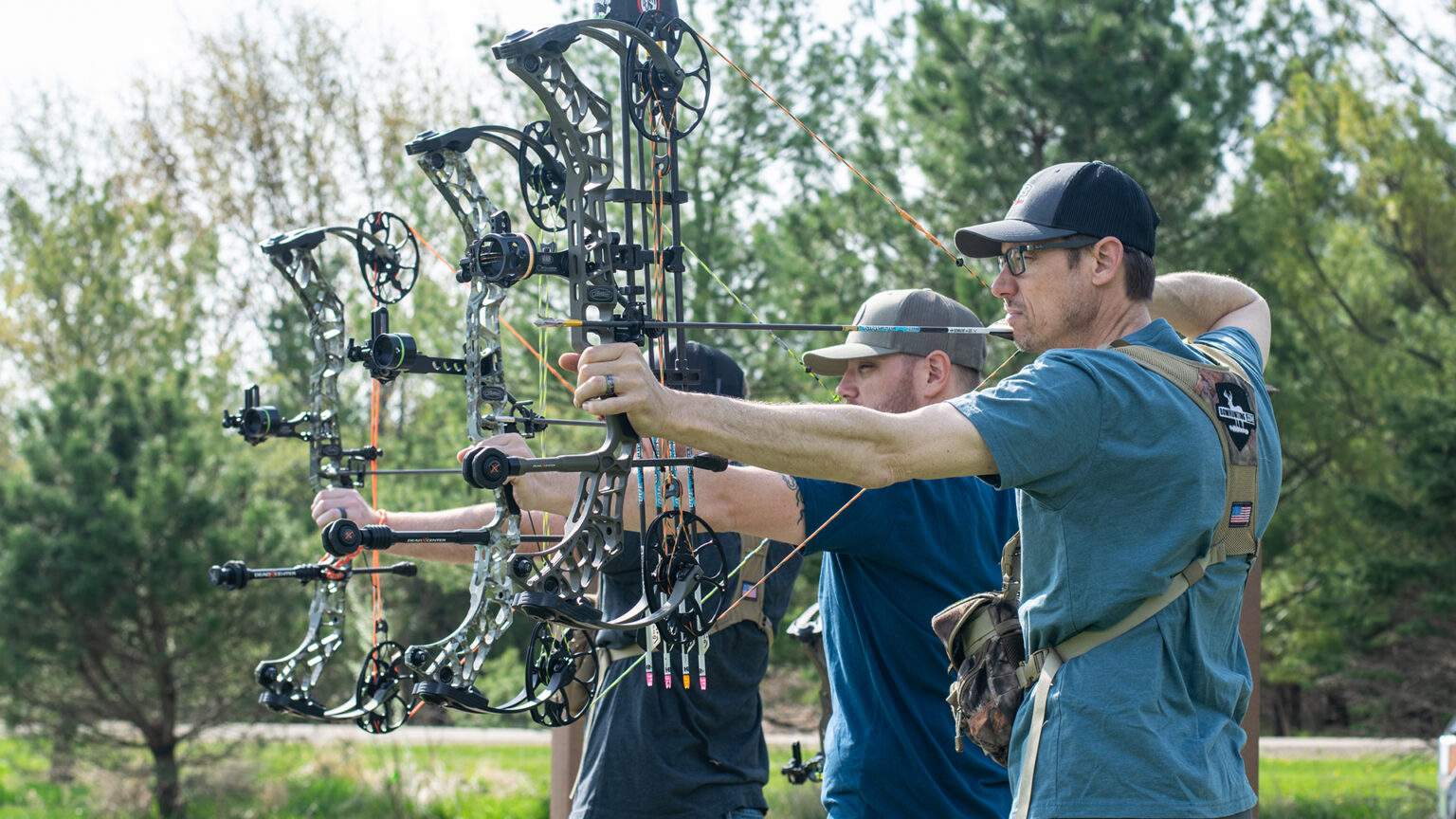
Stabilizer Adjustability
Some stabilizers simply screw onto the front of the bow and no additional features are present. However, some stabilizers allow the shooter to customize the weight and balance of the stabilizer in order to get a custom feel. This can include side bars or rear stabilizers that help offset the weight from bow accesses such as sights or quivers.
These stabilizers typically cost a little more than a plain model but the cost can be worth the customization that comes with it. Every bowhunter is different and will experience different things even when shooting the same setup. As a result, different accessories should be tried before purchasing; stabilizers are no exception.

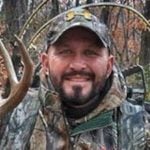 By
By 